Illumination and control of the layer chicken house
Scientific and reasonable supplementary illumination can not only promote the normal development of laying hens, reduce the morbidity and mortality, but also prolong the laying time and increase the egg production, which is beneficial to improve the breeding efficiency of laying hens. On the contrary, improper illumination will lead to hypogenesis of laying hens, such as premature or delayed start of laying, which will not only affect the laying rate and egg production during the whole laying period, but also increase the morbidity and mortality of laying hens and cause huge economic losses to breeders. The illumination control technology of closed laying hens is introduced as follows for reference.
1. The illumination time control
1.1 The brooding period (0-6 weeks old)
Poultry lighting system is very important for chicks’ feeding, drinking, exercise, and health, but if the light time is too long, chicks will be sexual precocity, which will affect the laying performance in the future; If the illumination time is too short, it will affect the activity and feed intake of chicks, and lead to their growth retardation. Generally speaking, chicks are exposed to accept light for 23 hours and darkness for 1 hour in the first three days after hatching to adapt to the dark environment and avoid panic in case of power failure; After 4 days of age, the illumination time is reduced by 30 minutes every day, and it is reduced to 18 hours by 14 days of age; From the 15th day of age, 2 hours of illumination should be reduced every week, and the illumination time should be reduced to 10 hours at the end of 6 weeks of age.
1.2 Growing period (7-20 weeks old)
Too long illumination time in this period will promote premature sexual maturity of laying hens; Short illumination time can lead to delayed maturation, obesity, heavy eggs at the beginning of laying, high dystocia rate and mortality rate, and total egg production decreased. Therefore, from 7 to 17 weeks old, the light should be given for 10 hours, and from the 18th weeks old, the 1 hour of light should be increased every week, and increased to 12 hours at the 20 weeks old.
1.3 Laying period (21 weeks old- eliminated)
The increase of the illumination time during the laying period can stimulate the secretion of sex hormones and promote the laying of eggs, but too long increase will lead to an increase in the breakage rate of eggs; On the contrary, the reduce of the illumination time will inhibit the secretion of sex hormones and reduce the egg production. Therefore, the light time during the laying period should be increased gradually, that is, from the age of 21 weeks, the illumination time should be increased by 30 minutes every week until it reaches 16 hours in the peak period of laying, and then the illumination should be maintained for 16 hours, and when it is close to the elimination period (about 59 weeks), the illumination should be increased again by 30 minutes every week until it reaches 17 hours.
2. the light intensity control
2.1 The brooding period (0-6 weeks old).
Excessive light in this period will affect the nervous function of chicks and cause bad habits such as pecking feathers and pecking anus,but too weak light makes it difficult for the chicks to eat and drink. Generally, the light intensity can be higher in the first three days or the previous week, using 20-25 lux (the light of 0.16 watt per square meter of electric incandescent lamp is 1 lux); After that, with the increase of age, the light intensity gradually decreases, and it is 5-10 lux at the end of 6 weeks.
2.2 Growing period (7-20 weeks old).
Excessive light in this period will make the growing chickens irritable, pecking addiction, prolapse and nervousness, etc.; However, if the light is too weak, the feed intake and drinking water of the growing chickens will decrease, which will lead to poor growth and delay of the production time. The optimum light intensity is 5-10 lux in the growing period.
2.3 Laying period (21 weeks old- eliminated).
If the light intensity in this period is too high, which not only wastes electric energy, but also makes laying hens irritable, causing nervousness and frightening groups, prone to fighting, pecking and prolapse; The light intensity is too weak to stimulate the laying hens, thus affecting the egg production. In general, 10-20 lux is the best light intensity in laying period.
3. The choice of illumination color
There are extraretinal photoreceptors in chicken hypothalamus, which have different responses to different wavelengths of light stimulation. Red light is unfavorable to the growth and development of chicks and reared chickens, which will delay their sexual maturity, but it is beneficial to laying hens, which can make laying hens tend to be quiet, increase their egg production and reduce pecking addiction; Green light can accelerate the weight gain of chicks and advance the sexual maturity of breeding chickens with slow growth and development, but it can inhibit the egg laying of laying hens and reduce their egg production; Although yellow light can increase the egg weight of laying hens, it will delay the sexual maturity of breeding hens and increase the probability of pecking addiction of laying hens; Blue light can easily induce pecking addiction and reduce the laying rate and disease resistance of laying hens. Therefore, incandescent lamps or high-efficiency energy-saving lamps should be used in production. The wavelength of this light source is between 500 and 625 microns, which includes red, orange, yellow, green and other light which has all kinds of wavelengths. It can meet the lighting needs of laying hens at different stages without side effects.
4. Design and layout of lighting system
Light not only affects environmental temperature in the house, but also affects the feed intake, sexual maturity age, ovulation and egg production of chickens. Reasonable illumination is the key to ensure normal laying, timely molting and giving full play to production performance of laying hens. Artificial lighting equipment, such as incandescent lamps or high-efficiency energy-saving lamps, is often used in closed chicken houses to meet the needs of chickens. In actual production, high-efficiency energy-saving lamps are ideal lighting equipment for chicken houses because of their long life, low energy consumption, high luminous efficiency, light suitable for people’s vision, high adjustment frequency and better meeting the physiological needs of chickens.
Reasonable arrangement of lighting system in chicken house is the direct guarantee of suitable lighting for laying hens, which is particularly important. Because in the intensive production of laying hens, battery layer cages and stacked cages are commonly used, especially the upper and lower layers of laminated cages are all overlapped, and the net height of the adult chicken’s cage frame is nearly 4m, if lamps are arranged on the same plane as ordinary cage chicken houses, it will inevitably affect the lighting of the lower layer cages. Therefore, the lighting system of laminated cage chicken house adopts two-layer arrangement of high and low lamps. Generally, the lower lamp is 1.8-2m away from the ground and the upper lamp is 0.2-0.4m away from the top of the chicken coop. Only in this way can the lighting conditions of chickens in all layers be uniform.
5. Several problems that should be paid special attention to in lighting management
5.1 The best light management is to start with chicks, which can’t exceed the breeding period at the latest, otherwise the expected effect can’t be achieved.
5.2 The increasing speed of illumination time depends on the sexual maturity of chickens. If the sexual maturity of chickens is faster than expected, the increasing speed of illumination time will be slowed down. If it is late, the increase of illumination time can be accelerated, and it should be matched with feeding complete feed to achieve the purpose of obviously improving the laying rate.
5.3 The color of light and illumination time should not be changed suddenly, especially for laying hens, the illumination time should be gradually from short to long, and it is better to supplement it in the morning and evening, so as to increase the feed intake of chickens, and the initial increase of illumination time per week should not exceed 1h, so as to avoid proctoptosis.As for the light intensity, it should gradually become bright or dim, and the transition from illumination scheme in the growing period to the illumination scheme in the laying period should also be gradually carried out. If the lights are suddenly turned off or the illumination time is shortened, it may cause panic, molting, abnormal egg production or laying pause, etc.
5.4 After the start of egg production, the illumination time must not be reduced, and the illumination time can be appropriately increased for 1 hour in the last 2-3 weeks of the laying period to stimulate chickens to lay more eggs.
5.5 Light bulbs should be set reasonably and distributed evenly, without dark areas.
The distribution of bulbs should be 1.5 times the distance between bulbs and the horizontal plane of chickens.If there are multiple rows of bulbs in the chicken house, each row of bulbs should be staggered; The distance between the bulb and the wall of the chicken house should be only half of that between the bulbs. For multi-layer cage chicken houses, the lower chickens must obtain the prescribed lighting intensity; Supplementary lighting requires reliable power supply, stable voltage, and no random change in brightness, and time switch. Large chicken houses can be equipped with lighting timers or automatic light controllers to control the time of switching lights every day; The bulbs used are 40-60w white fluorescent lamps or fluorescent lamps with lower wattage, and are equipped with open or umbrella-shaped lampshades. The bulbs should be cleaned regularly and replaced in time.
5.6 Lighting management must be coordinated with a perfect feeding management system (such as suitable indoor environment and comprehensive disease prevention and control measures), and reasonable lighting can significantly improve the production performance of laying hens.
6. Summary
6.1. The light control should be coordinated with the standard feeding management system.
For example, we should provide complete feed and sufficient clean drinking water which can be coordinated with feed, the indoor environment should be suitable, and comprehensive epidemic prevention measures should be taken, so as to achieve the desired effect.
6.2. Light control should be combined with actual production, and should be properly adjusted according to seasonal climate, laying hen breeds, feeding and management conditions, etc. For laying hens whose average weight are lower than or higher than the standard weight, the light time should be appropriately delayed or increased in advance.
6.3 If conditions permit, chicken farms (households) can use the poultry house lighting controller, to turn on and off the lights automatically, which not only ensures the accurate illumination time, but also promotes illumination intensity to be stable and a gradual transition process between light and shade.



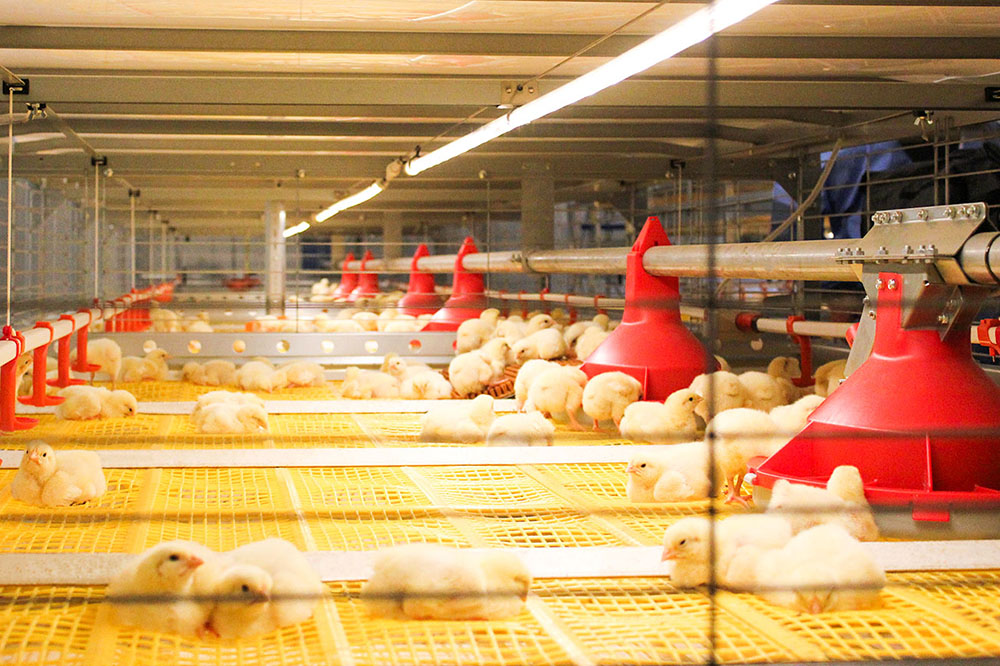
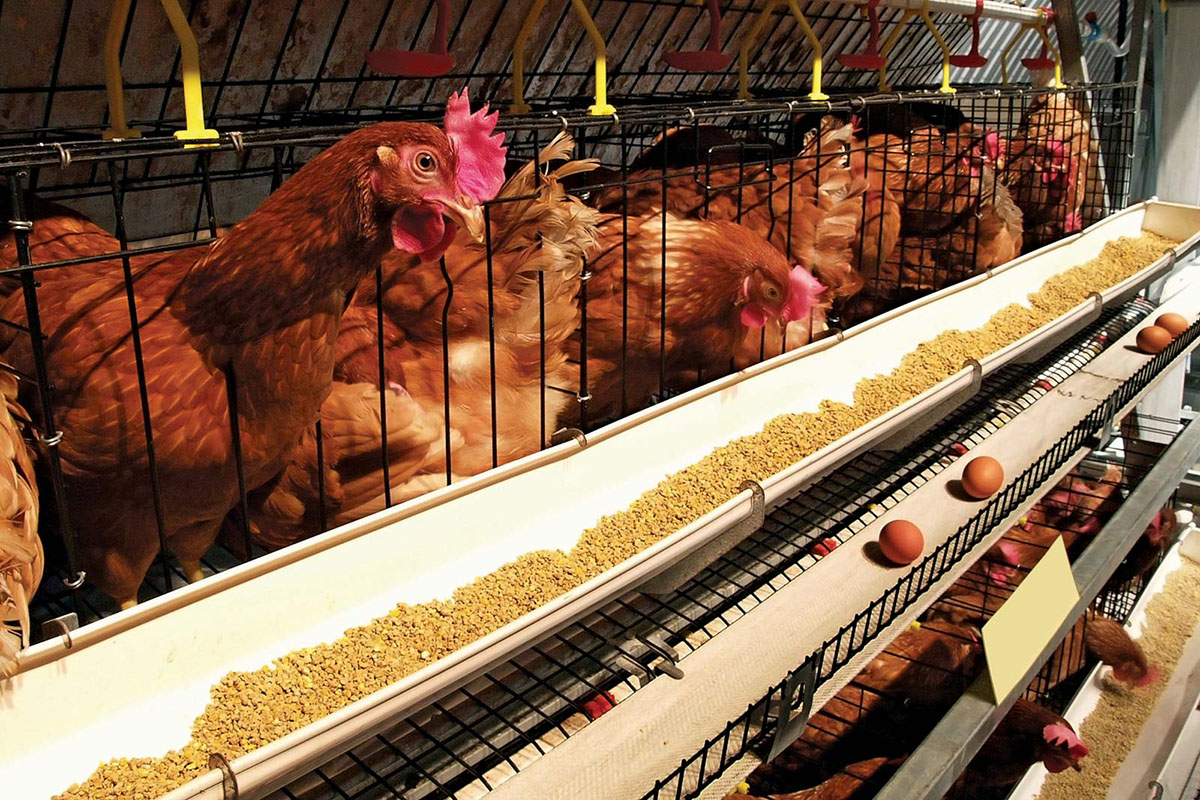
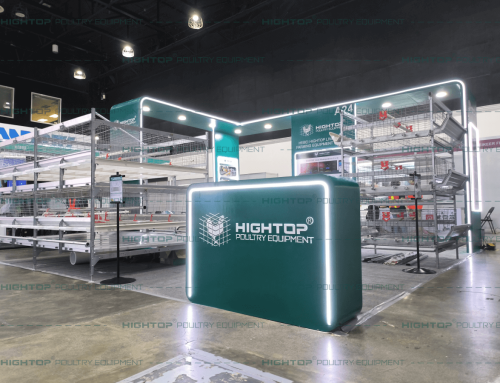
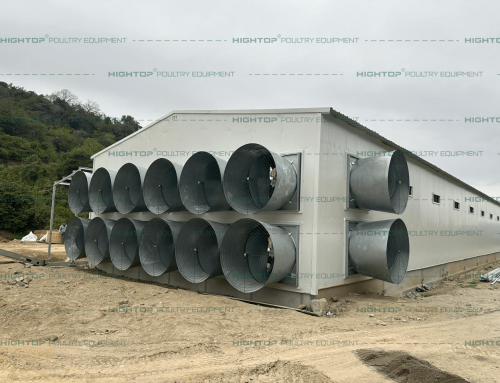
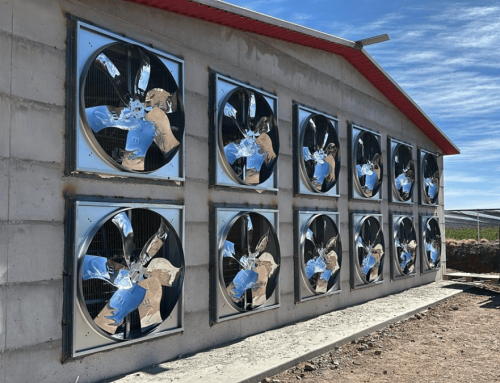
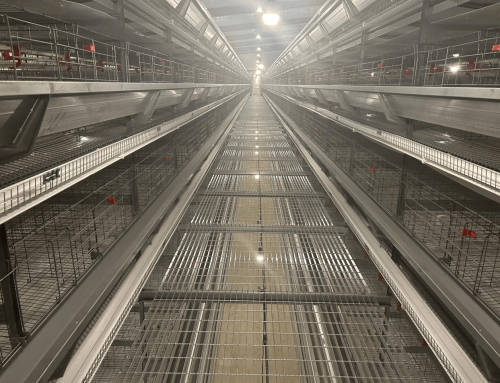
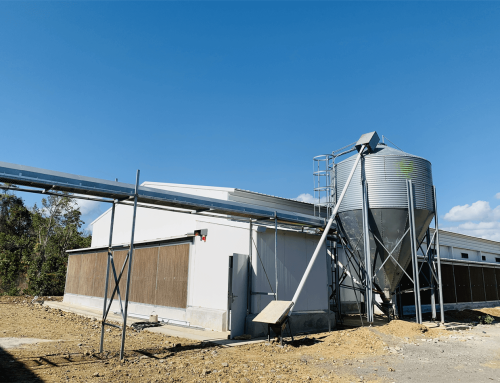
Leave A Comment